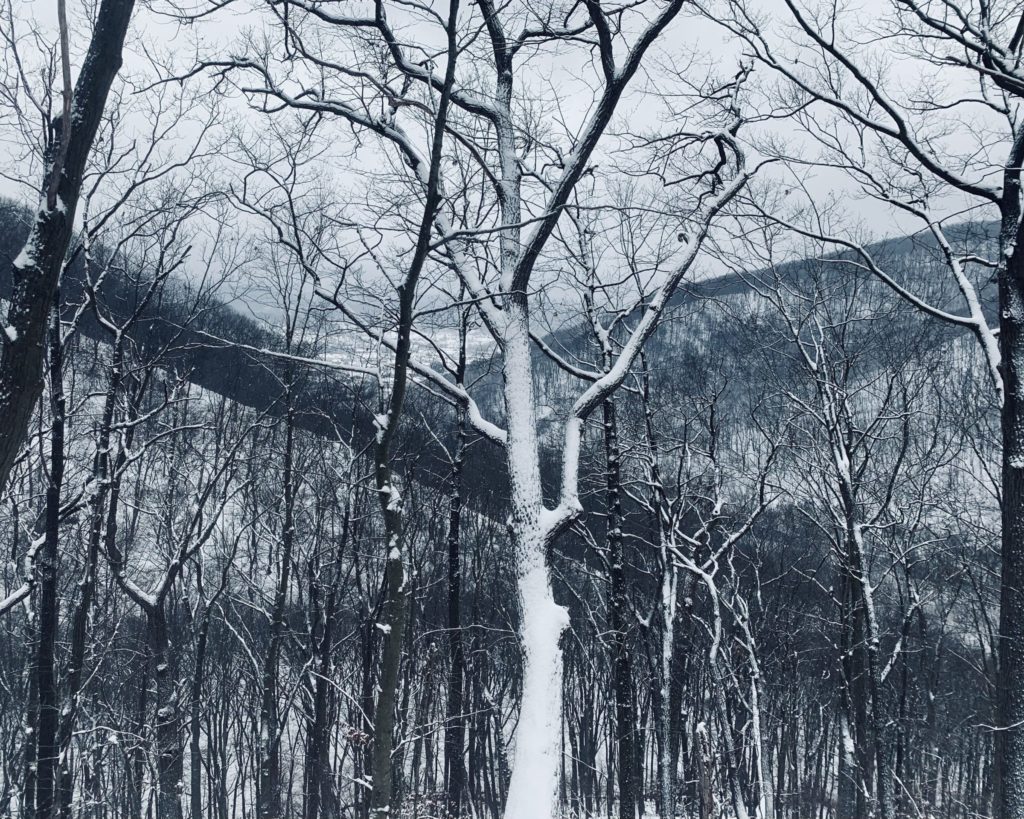During the Covid pandemic, I returned to my childhood love of long walks. I don’t count my steps or anything like that; it’s primarily about being outside for at least four hours a day, to such an extent that I’ve acquired a notebook computer and an internet hotspot so I can do most of my web work in the woods when it’s nice out. But the exercise, it turns out, really helps my aging brain stay engaged. My phone has become my primary notebook as well as my camera for both still photos and video, and I soon developed a new approach to composing poetry that has me working en plein air. Strongly influenced by haiku and renga, as well as my increasingly minimalist erasure poetry, these are nevertheless free verse, almost invariably in couplets. I tend to make them with an eye to sharing on Instagram and Facebook, where pretty pictures generally guarantee an audience. Some but not all of the photos get included when I post the poems to Via Negativa, where you can find them posted under Nature/Ecology.
I like to tell people I’m engaged in ecopoetic mapping—a fancy way of saying I’m writing poems about all my favorite local places (and some farther afield), and hope eventually to present them on a dedicated webpage with an interactive map, in addition to one or more printed collections, if I can find a way to keep costs down on full-color printing.
Here’s a film based on one of my walking poems from early spring, by my friend Marc Neys, a Belgian composer, artist and filmmaker.
Fundamentally, I suppose, this project represents an attempt to account for the miraculous, which is all around us if we care to see.

